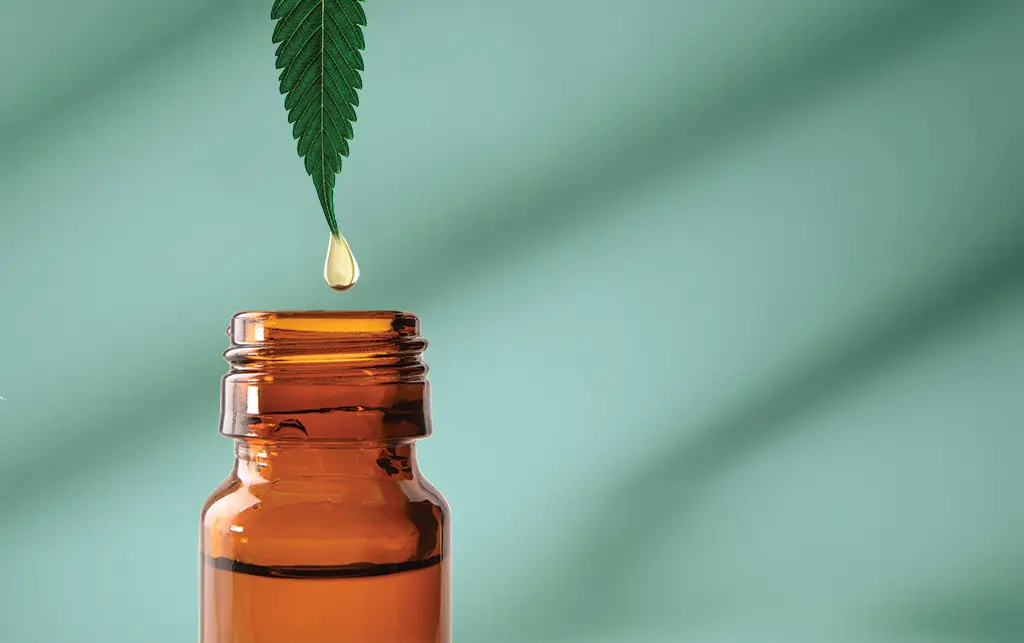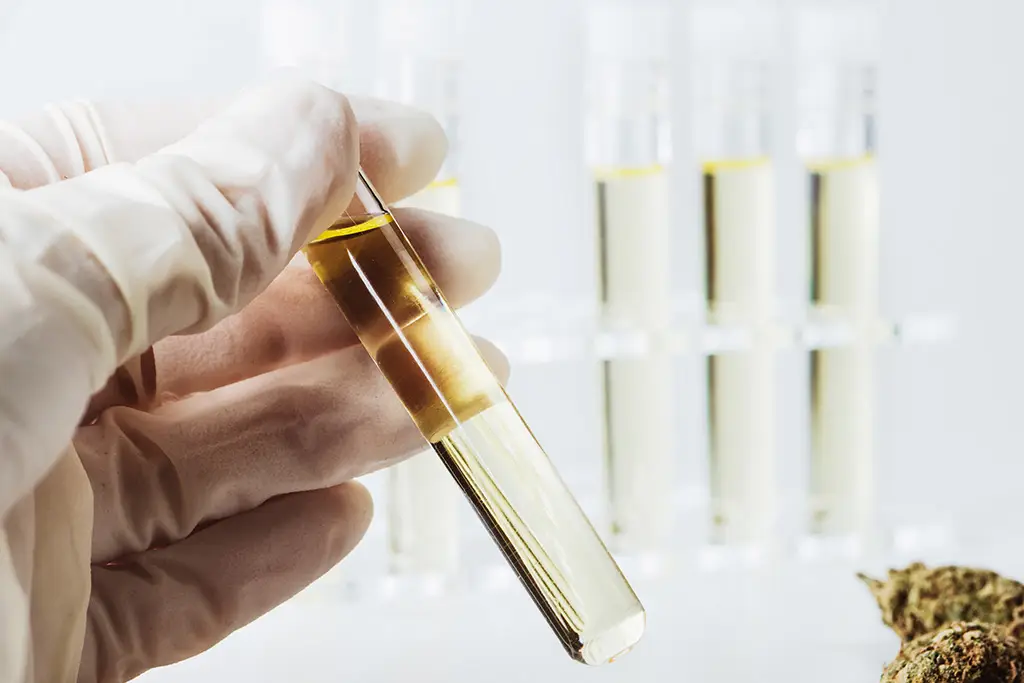Medical cannabis refers to products deriving from the cannabis plant and specifically designed for medicinal purposes. This is distinct from non-medical cannabis, which is grown and consumed illegally in most parts of Australia. The cannabis plant contains a range of phytocompounds (chemicals derived from plants) with different potential effects on the human body. After being grown, cannabis plants go through the processes necessary to be made into their intended form. Since becoming legal in Australia, medical cannabis has become a popular alternative method of medical treatment. There is a wide array of different medical cannabis products that a doctor can prescribe to their patients. However, they must use the appropriate channels to get approval for prescribing these products.
An introduction to medical cannabis
Medical cannabis, also called medical marijuana, refers to the use of the cannabis plant and its component cannabinoids (such as delta-9-tetrahydrocannabinol (THC) and cannabidiol (CBD)) as a medical treatment for certain conditions and their associated symptoms.
It acts on the endocannabinoid system within the body and is known to affect a wide range of physiological processes. Unlike recreational cannabis, medical cannabis is carefully formulated with specific ratios with THC and CBD to treat various chronic conditions. Little Green Pharma’s medical cannabis is manufactured in line with strict Australian pharmaceutical standards unlike other imported products available in the Australian market or online.
CBD oil (medical cannabis without THC) is a commonly prescribed formulation and doesn’t give the ‘high’ associated with THC.
Medical cannabis is typically manufactured from the flowering head of the cannabis plant which contains the highest concentration of cannabinoids. This is different to hemp oil, which in Australia is derived from pressing hemp seeds that contain no significant amounts of cannabinoids.

How is medical cannabis produced?
Medical cannabis products are produced differently depending on the form of the product. Regardless of the form, the first step is to grow the cannabis plant. One thing to note is that cannabis plants have different strains with their own chemical makeups. Specific strains are often bred in order to contain more of certain compounds. Their exact phytochemistry makes them more or less suited to helping with certain conditions as opposed to others.
Once the cannabis plants have been grown, they then need to be processed. In certain cases, processing is fairly minimal. Cannabis administration methods such as dry herb vaporisers simply use the cured and dried leaves of the cannabis plant.
On the other hand, other forms of medical cannabis like cannabis oils require more processing. To manufacture cannabis oil, the cannabinoids and accompanying compounds must be extracted from the cannabis plants. There are different methods of extraction, which each have their own advantages and disadvantages. Some may be good for extracting certain compounds (such as CBD for CBD oil) whereas others may provide an extract with higher purity levels.
Once extraction is complete, the extract is infused into a carrier oil. Carrier oils make the extract easier to administer. Depending on the carrier oil used, the cannabis oil may be more suited to certain methods of ingestion. There is often further refinement and processing done to the cannabis oil to better suit its administration method. The most common ways cannabis oils are ingested are sublingually, topically and through the digestive system.

How does medical cannabis work?
Medical cannabis works by interacting with the endocannabinoid system. This is a cell-signalling system in the human body. While it primarily interacts with cannabinoids produced by the human body (endocannabinoids), it also responds to phytocannabinoids that enter the body. These responses have the potential to positively impact health outcomes in medical applications. Depending on the phytocompound-makeup of a medical cannabis product, it will have different interactions with the endocannabinoid system. This determines what applications certain strains of medical cannabis are used for.
Check out our article on the endocannabinoid system to learn more.
A recent revival in the medical world
The last twenty years have seen a gradual, world-wide re-adoption of cannabis for medical purposes. Cannabis has been legalised for medical purposes in Canada, Israel and many US states, as well as several European countries including but not limited to Germany, Spain, Italy, the Netherlands, Denmark and Finland.
In the last 45 years, there have been nearly 600 studies conducted using medical cannabis, with more than a third of those studies published in the last five years. This renewed global interest in medical cannabis has led to an improved understanding of the cannabis plant, and the identification of many more active components that have potential benefits across a range of conditions.
How is medical cannabis used?
Medical cannabis is typically used to aid in a patient’s overall treatment plan. It is usually considered if the patient has tried different treatments with limited success. A doctor can examine their medical history and see if medical cannabis may be appropriate for them. Depending on their condition and personal circumstances, they will decide on a form of medical cannabis for them to use. The most common administration methods are cannabis oils, vaporisers, edible products and topical products. While there are potential benefits to utilising medical cannabis treatment, it’s important to ensure you’re keeping healthy habits and using other treatments options too.
Is medical cannabis used in Australia?
Medical cannabis has been used throughout Australia since 2016, when it was federally legalised. Since then, it has grown in popularity as an alternative medical treatment. While the specifics vary by state and territory, a doctor will typically need TGA approval in order to prescribe medical cannabis products to patients. Often it will only be prescribed once a patient has tried other treatment methods to no avail. It is up to the discretion of a doctor to determine whether medical cannabis is a suitable avenue for a patient.
To learn the details of medical cannabis in your state, check out our medical cannabis in Australia page.
How Little Green Pharma can help
Little Green Pharma is a leader in Australia’s medical cannabis industry. In addition to being a supplier of pharmaceutical-grade medical cannabis products, we have a wealth of educational resources across our website. These can be useful for patients as well as medical professionals such as doctors or pharmacists.
If you’re looking to learn more about medical cannabis:

Have questions?
Our friendly team is available to assist you with any queries.